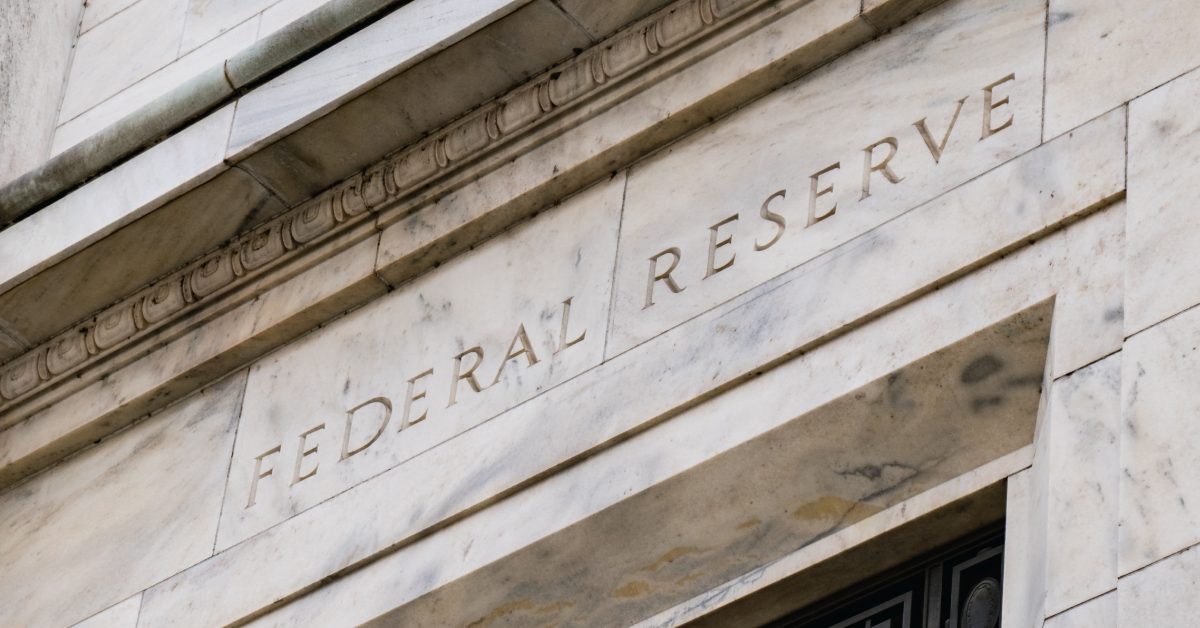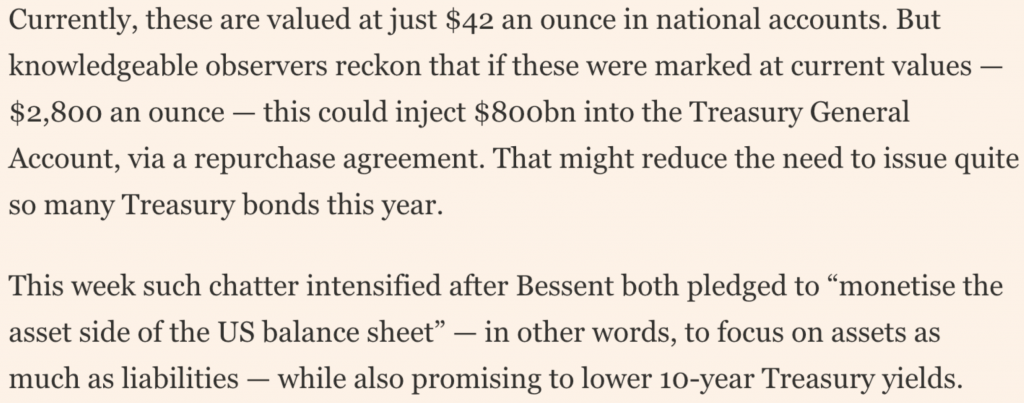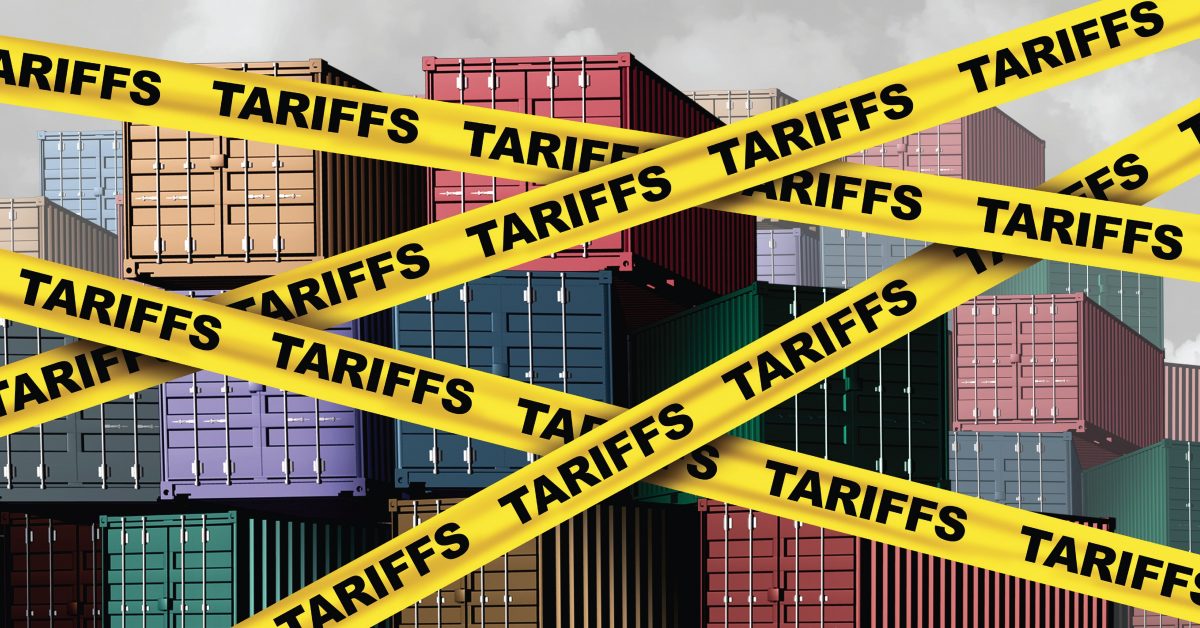PREVIEW: The CHIPS Act will add over 500,000 new jobs. As a property investor, you want to own in areas where employment will be robust with high-wage renters.
The CHIPS and Science Act is a U.S. federal law enacted in August 2022 to bolster the domestic semiconductor industry, enhance technological innovation, and strengthen national security by bringing manufacturing onshore.
Total funding, investment and spending is expected to be $500 billion.
More importantly, creating over 500,000 jobs over the next 5-10 years.
As a property investor, you want to own in areas where employment will be robust with high-wage renters. Learn which specific U.S. states will benefit the most.
THE HOUSING MARKET
The CHIPS and Science Act could have significant effects on the U.S. housing market due to its focus on stimulating domestic semiconductor manufacturing and fostering economic growth.
Here's how the act might influence the housing market:
1. Increased Demand for Housing in Manufacturing Hubs
- Job Creation: The CHIPS Act is expected to create 500,000 high-paying jobs in semiconductor manufacturing, research, and related sectors. This influx of employment will drive housing demand in areas surrounding major chip production facilities, such as:
– Arizona (Phoenix)
– Texas (Austin, Taylor)
– New York (Clay, Albany)
– Ohio (New Albany)
– Oregon (Hillsboro) - Population Growth: Migration to these regions for employment opportunities will increase the need for housing, potentially driving up home prices and rents.
2. Boosted Construction Activity
- Residential Development: Increased demand for housing near semiconductor facilities could spur residential construction projects to accommodate the growing workforce.
- Infrastructure Expansion: Investments in roads, utilities, and public amenities to support these facilities may also enhance local real estate markets.
3. Rising Property Values
- Economic Growth: The influx of jobs and investments is likely to enhance local economies, increasing property values and attracting real estate investors to these regions.
- Regional Hot Spots: Cities and states benefiting from the CHIPS Act could experience accelerated growth in property values, creating new real estate hot spots.
4. Rental Market Growth
- Short-Term Demand: Many workers relocating for semiconductor jobs may initially rent before purchasing homes, boosting rental market activity.
- Corporate Housing: Companies building semiconductor facilities may also increase demand for temporary housing for contractors and employees.
5. Housing Affordability Challenges
- Pressure on Supply: A surge in demand without corresponding increases in housing supply could exacerbate affordability issues in regions with already tight housing markets.
- Gentrification Risks: Rapid economic growth could lead to higher housing costs, displacing lower-income residents in affected areas.
- This is a perfect scenario for investors and rents are bid-up in these areas.
6. Long-Term National Impacts
- Economic Stability: By strengthening the U.S. economy and ensuring supply chain resilience, the CHIPS Act may contribute to long-term stability in the national housing market.
STATES TO SEE THE BIGGEST IMPACT
1. Arizona
- Major Projects: Intel’s expansion in Chandler and Taiwan Semiconductor Manufacturing Co. (TSMC) in Phoenix.
- Investment: TSMC’s facility represents over $6.6 billion in funding, while Intel's expansion accounts for $7.87 billion.
=> Jobs: Intel's projects in Arizona are expected to create up to 30,000 jobs across multiple states, including Arizona, New Mexico, Ohio, and Oregon.
2. New York
- Major Projects: Micron Technology’s $100 billion commitment to a new chip factory in Clay, New York.
- Incentives: $5.5 billion in state tax credits and $825 million in federal funding for Albany NanoTech.
=> Jobs: Micron's investment in Clay, New York, is projected to create approximately 20,000 jobs.
3. Ohio
- Major Projects: Intel’s semiconductor manufacturing expansion in New Albany.
- Investment: Billions are allocated to develop a state-of-the-art chip production facility.
=> Jobs: Intel’s expansion in Ohio is part of a broader initiative expected to generate up to 30,000 jobs across multiple states.
4. Texas
- Major Projects: Samsung Electronics in Taylor and Texas Instruments across multiple locations.
- Investment: Samsung has committed $17 billion, Texas Instruments $30 billion.
=> Jobs: Approximately 10,000-15,000 direct jobs in semiconductor manufacturing and an estimated 6,500 construction jobs during the build-out phase.
5. Oregon
- Major Projects: Intel’s ongoing investment in Hillsboro as part of its U.S. manufacturing network.
=> Jobs: Intel's activities in Oregon are included in the company's expansion plans, which are expected to create up to 30,000 jobs.
6. Utah
- Major Projects: Texas Instruments’ semiconductor wafer plant.
- Investment: Part of Texas Instruments’ $1.6 billion allocation shared with Texas.
=> Jobs: Expected to create 500 to 800 direct jobs in manufacturing and engineering roles at the Lehi plant.
THE UPSHOT
The CHIPS Act aims to:
- Reduce U.S. reliance on foreign semiconductor manufacturing.
- Create high-paying jobs across the country.
- Boost local economies in states with large manufacturing investments.
The CHIPS Act will likely stimulate regional housing markets near semiconductor manufacturing hubs through job creation and population growth. While it brings opportunities for investment and development, it may also pose challenges, such as affordability concerns and supply pressures, requiring proactive measures from policymakers and local governments to ensure balanced growth.
These states, due to existing infrastructure, workforce capabilities, and favorable policies, are emerging as leaders in the domestic semiconductor resurgence.
Over 500,000 total jobs are expected to be created over the next 5-10 years comprising of:
- Direct and Indirect Jobs: 100,000–150,000 permanent jobs.
- Construction Jobs: 100,000 temporary jobs.
- Grand Total: 200,000–250,000 jobs
The Housing Market
The CHIPS and Science Act could have a significant positive impact on the U.S. housing market due to its focus on stimulating domestic semiconductor manufacturing and fostering economic growth.
Here's how:
1. Increased Demand for Housing in Manufacturing Hubs
- Job Creation: The CHIPS Act is expected to create 500,000 high-paying jobs in semiconductor manufacturing, research, and related sectors. This influx of employment will drive housing demand in areas surrounding major chip production facilities, such as:
– Arizona (Phoenix)
– Texas (Austin, Taylor)
– New York (Clay, Albany)
– Ohio (New Albany)
– Oregon (Hillsboro)
- Population Growth: Migration to these regions for employment opportunities will increase the need for housing, potentially driving up home prices and rents.
2. Boosted Construction Activity
- Residential Development: Increased demand for housing near semiconductor facilities could spur residential construction projects to accommodate the growing workforce.
- Infrastructure Expansion: Investments in roads, utilities, and public amenities to support these facilities may also enhance local real estate markets.
3. Rising Property Values
- Economic Growth: The influx of jobs and investments is likely to enhance local economies, increasing property values and attracting real estate investors to these regions.
- Regional Hot Spots: Cities and states benefiting from the CHIPS Act could experience accelerated growth in property values, creating new real estate hot spots.
4. Rental Market Growth
- Short-Term Demand: Many workers relocating for semiconductor jobs may initially rent before purchasing homes, boosting rental market activity.
- Corporate Housing: Companies building semiconductor facilities may also increase demand for temporary housing for contractors and employees.
5. Housing Affordability Challenges
- Pressure on Supply: A surge in demand without corresponding increases in housing supply could exacerbate affordability issues in regions with already tight housing markets.
- Gentrification Risks: Rapid economic growth could lead to higher housing costs, displacing lower-income residents in affected areas.
- This is a perfect scenario for investors and rents are bid-up in these areas.
6. Long-Term National Impacts
- Economic Stability: By strengthening the U.S. economy and ensuring supply chain resilience, the CHIPS Act may contribute to long-term stability in the national housing market.
STATES TO SEE THE BIGGEST IMPACT
1. Arizona
- Major Projects: Intel’s expansion in Chandler and Taiwan Semiconductor Manufacturing Co. (TSMC) in Phoenix.
- Investment: TSMC’s facility represents over $6.6 billion in funding, while Intel's expansion accounts for $7.87 billion.
=> Jobs: Intel's projects in Arizona are expected to create up to 30,000 jobs across multiple states, including Arizona, New Mexico, Ohio, and Oregon.
2. New York
- Major Projects: Micron Technology’s $100 billion commitment to a new chip factory in Clay, New York.
- Incentives: $5.5 billion in state tax credits and $825 million in federal funding for Albany NanoTech.
=> Jobs: Micron's investment in Clay, New York, is projected to create approximately 20,000 jobs.
3. Ohio
- Major Projects: Intel’s semiconductor manufacturing expansion in New Albany.
- Investment: Billions are allocated to develop a state-of-the-art chip production facility.
=> Jobs: Intel’s expansion in Ohio is part of a broader initiative expected to generate up to 30,000 jobs across multiple states.
4. Texas
- Major Projects: Samsung Electronics in Taylor and Texas Instruments across multiple locations.
- Investment: Samsung has committed $17 billion, Texas Instruments $30 billion.
=> Jobs: Approximately 10,000-15,000 direct jobs in semiconductor manufacturing and an estimated 6,500 construction jobs during the build-out phase.
5. Oregon
- Major Projects: Intel’s ongoing investment in Hillsboro as part of its U.S. manufacturing network.
=> Jobs: Intel's activities in Oregon are included in the company's expansion plans, which are expected to create up to 30,000 jobs.
6. Utah
- Major Projects: Texas Instruments’ semiconductor wafer plant.
- Investment: Part of Texas Instruments’ $1.6 billion allocation shared with Texas.
=> Jobs: Expected to create 500 to 800 direct jobs in manufacturing and engineering roles at the Lehi plant.
THE UPSHOT
The CHIPS Act aims to:
- Reduce U.S. reliance on foreign semiconductor manufacturing.
- Create high-paying jobs across the country.
- Boost local economies in states with large manufacturing investments.
The CHIPS Act will likely stimulate regional housing markets near semiconductor manufacturing hubs through job creation and population growth.
We are happy to introduce you to realtors and property managers in these areas. If there’s further interest, we’re happy to explore expanding these services.
These states, due to existing infrastructure, workforce capabilities, and favorable policies, are emerging as leaders in the domestic semiconductor resurgence.
Global Mortgage Group is ready to help you navigate these exciting opportunities. Whether you're an investor targeting high-demand markets or a homeowner exploring financing options, we provide tailored solutions to meet your needs.
Contact us at donald.klip@gmg.asia, or visit www.gmg.asia to get started. Let us help you achieve your investment goals with expert guidance and customized mortgage solutions!












